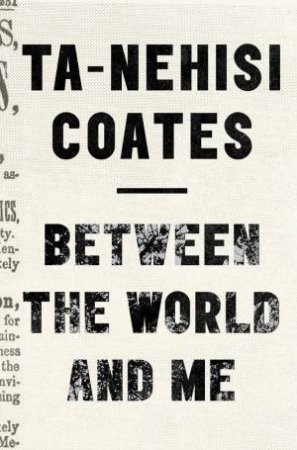

In the attempt to answer this question, Coates explores notions like the “American Dream” and concludes that those are abstract ideas which may be limited to those belonging to “White America.” However, his autobiography also demonstrates that belonging to “White America” is not only a function of race or color, it may also come from having economic and social privileges. The paper examines his key question, “how can one live within a black body, within a country lost in the Dream,” and what this question could mean in the American society (12). And the purpose of the letter is to ensure that his son does not become a victim of “the American Dream,” a Dream used to enslave and destroy the black body (11). Coates presents these experiences in a letter form to his son, Samori. It examines the ways in which the author attempts to answer, what he refers to as, “the question of his life,” by narrating his experiences of being a black person in America (Coates 12). This paper is based on a close reading of Coates’ autobiographical narrative, Between the World and Me. Written as an autobiographical narrative, the book shows Coates in continual interrogations with himself and his younger self, leading to shifting perspectives about his place and how to survive in “White America.”


Coates presents his experiences of living as a black person in America in the form of a letter to his son, Samori, to ensure that the latter does not become a victim of “the American Dream” (11). However, this dispossession is not his alone, but it is characteristic of other marginalized groups in America, especially African Americans. His question “how can one live within a black body, within a country lost in the Dream?” (12) is symptomatic of the title of the book which implies that the author is both alienated and dispossessed within the larger American world. It examines the ways in which the author examines the vulnerability of the black body in America. Living in this Black Body: Ta-Nehisi Coates’ Between the World and Me (2015)Ībstract : This paper is based on a close reading of Coates’ autobiographical narrative, Between the World and Me (2015).


 0 kommentar(er)
0 kommentar(er)
